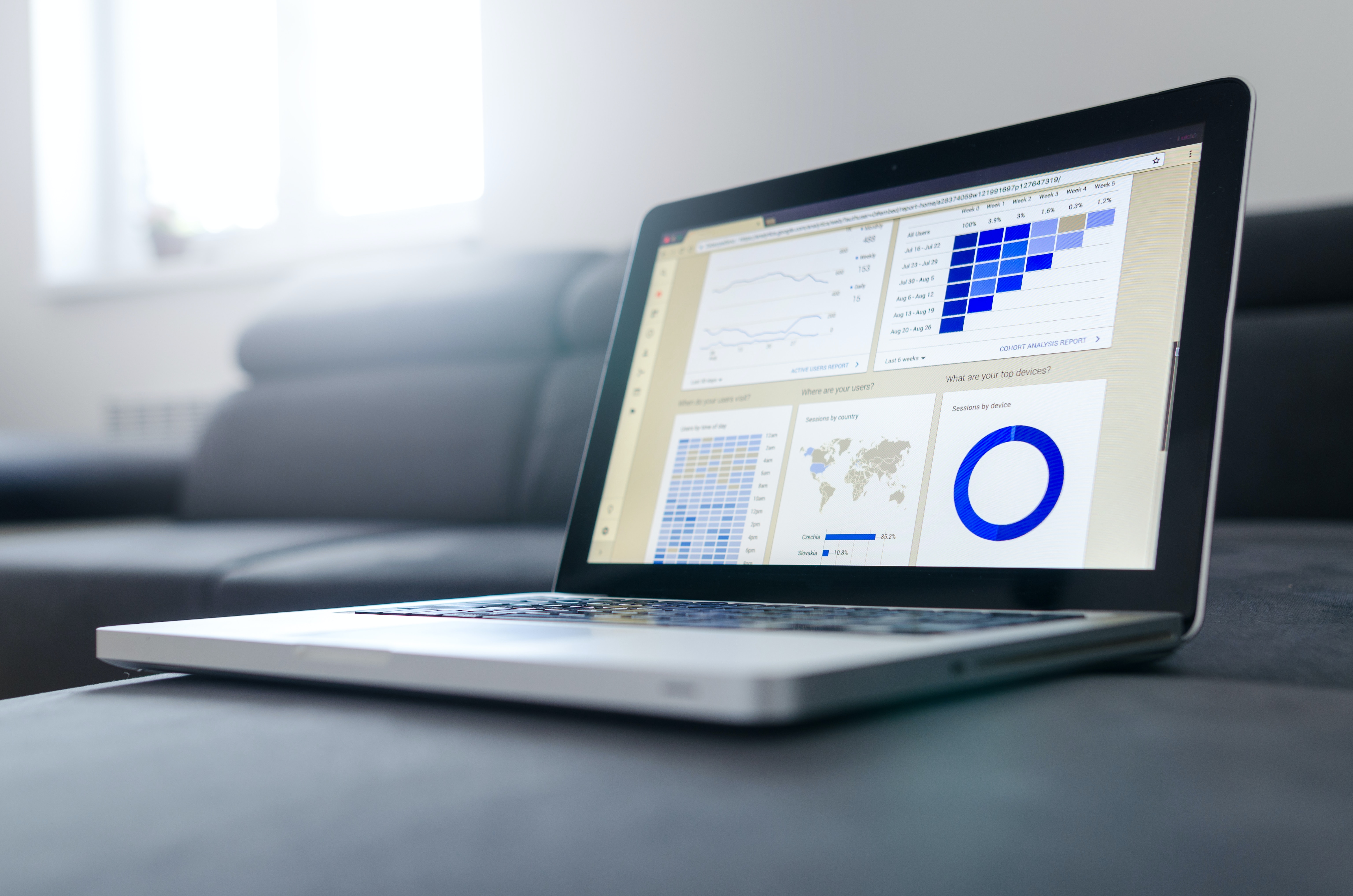
Learn Data Visualization in the Easiest Way
What is data visualization?
This GIF map of Brazil shows how data can be visualized into a map for better analysis.
Data visualization is the graphical representation of information and data. By using visual elements like charts, graphs, and maps, data visualization tools provide an accessible way to see and understand trends, outliers, and patterns in data. Additionally, it provides an excellent way for employees or business owners to present data to non-technical audiences without confusion.
In the world of Big Data, data visualization tools and technologies are essential to analyze massive amounts of information and make data-driven decisions.
What are the advantages and disadvantages of data visualization?
Something as simple as presenting data in graphic format may seem to have no downsides. But sometimes data can be misrepresented or misinterpreted when placed in the wrong style of data visualization. When choosing to create a data visualization, it’s best to keep both the advantages and disadvantages in mind.
Advantages
Our eyes are drawn to colors and patterns. We can quickly identify red from blue, and squares from circles. Our culture is visual, including everything from art and advertisements to TV and movies. Data visualization is another form of visual art that grabs our interest and keeps our eyes on the message. When we see a chart, we quickly see trends and outliers. If we can see something, we internalize it quickly. It’s storytelling with a purpose. If you’ve ever stared at a massive spreadsheet of data and couldn’t see a trend, you know how much more effective a visualization can be.
Some other advantages of data visualization include:
- Easily sharing information.
- Interactively explore opportunities.
- Visualize patterns and relationships.
Disadvantages
While there are many advantages, some of the disadvantages may seem less obvious. For example, when viewing a visualization with many different datapoints, it’s easy to make an inaccurate assumption. Or sometimes the visualization is just designed wrong so that it’s biased or confusing.
Some other disadvantages of data visualization include:
- Biased or inaccurate information.
- Correlation doesn’t always mean causation.
- Core messages can get lost in translation.
Why data visualization is important
The importance of data visualization is simple: it helps people see, interact with, and better understand data. Whether simple or complex, the right visualization can bring everyone on the same page, regardless of their level of expertise.
It’s hard to think of a professional industry that doesn’t benefit from making data more understandable. Every STEM field benefits from understanding data—and so do fields in government, finance, marketing, history, consumer goods, service industries, education, sports, and so on.
While we’ll always wax poetically about data visualization (you’re on the Tableau website, after all) there are practical, real-life applications that are undeniable. And, since visualization is so prolific, it’s also one of the most useful professional skills to develop. The better you can convey your points visually, whether in a dashboard or a slide deck, the better you can leverage that information. The concept of the citizen data scientist is on the rise. Skill sets are changing to accommodate a data-driven world. It is increasingly valuable for professionals to be able to use data to make decisions and use visuals to tell stories of when data informs the who, what, when, where, and how.
While traditional education typically draws a distinct line between creative storytelling and technical analysis, the modern professional world also values those who can cross between the two: data visualization sits right in the middle of analysis and visual storytelling.